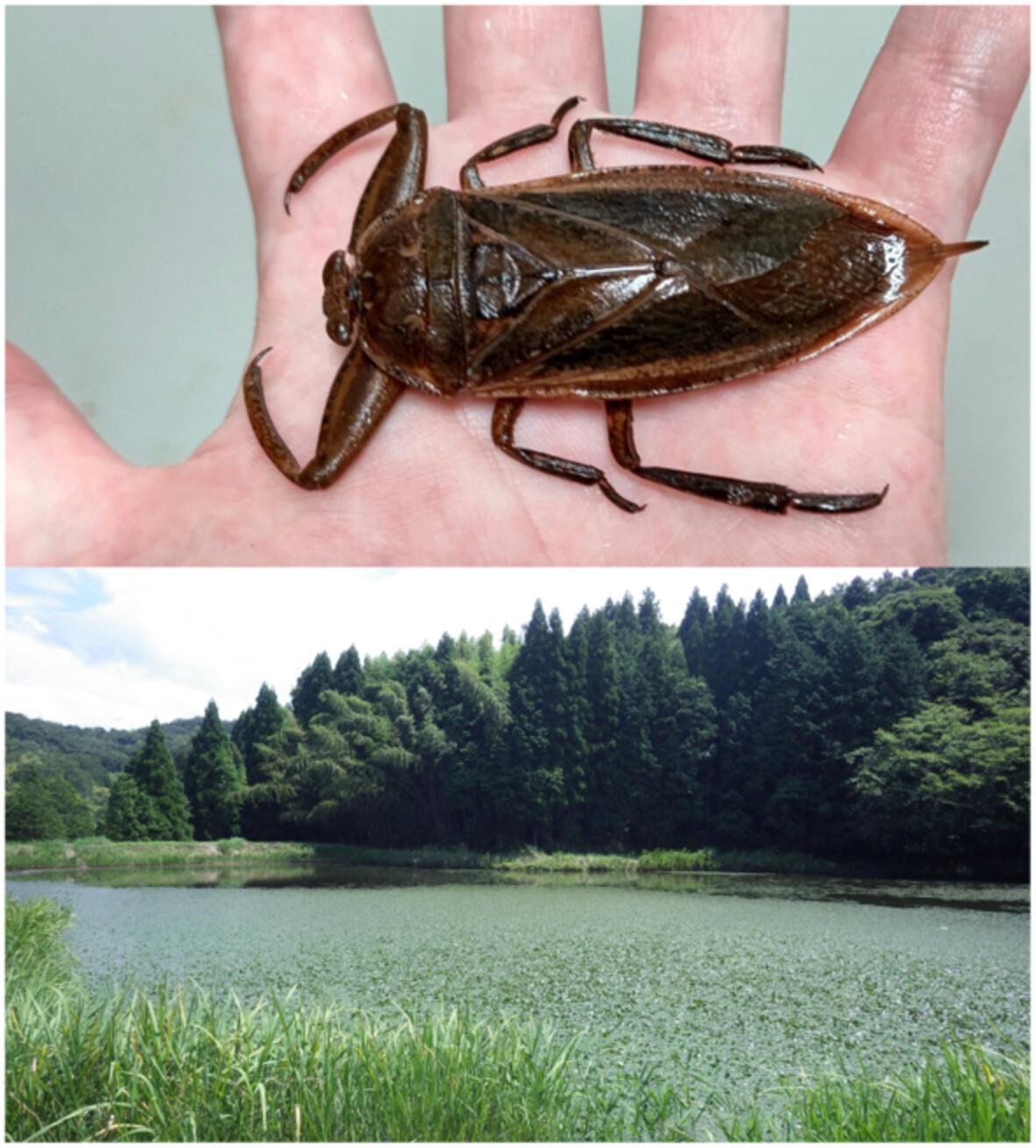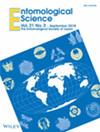结合环境DNA和捕获调查,发现濒危巨型水虫Kirkaldyia deyrolli(半翅目:异翅目:Belostomatidae)所占据的未知新池塘
IF 0.9
4区 农林科学
Q4 ENTOMOLOGY
引用次数: 1
摘要
基本生态信息(如栖息地或分布)对于保护濒危物种是必不可少的。巨型水蝽Kirkaldyia deyrolli是大型蝽科的一种水生昆虫。它栖息在池塘里,是一种极度濒危的物种。在这项研究中,我们开发了一种物种特异性引物-探针组(线粒体DNA中的细胞色素c氧化酶I区),用于实时聚合酶链式反应(PCR)检测K.deyrolli环境DNA(eDNA)。接下来,使用eDNA分析,我们调查了日本岛根县89个研究池塘(包括一个已经被确定为该物种栖息地的池塘)中K.deyrolli的存在。在这89个池塘中的11个池塘中检测到了K.deyrolli的eDNA。此外,当传统的直接捕获调查方法在10个池塘中的4个池塘中进行时,在那里检测到了K.deyrolli eDNA,并且没有该物种的先前占有信息,只有一个池塘成功捕获了一只K.deyrelli(雌性)。这项研究表明,将eDNA分析和直接捕获方法相结合,可以发现以前未知的栖息地,这对保护濒危物种至关重要。本文章由计算机程序翻译,如有差异,请以英文原文为准。

Discovery of unknown new ponds occupied by the endangered giant water bug Kirkaldyia deyrolli (Hemiptera: Heteroptera: Belostomatidae) by combining environmental DNA and capture surveys
Basic ecological information (e.g. habitat or distribution) is indispensable for conserving endangered species. The giant water bug Kirkaldyia deyrolli is an aquatic insect in the large stink bug family (Belostomatidae). It inhabits ponds and is a critically endangered species. In this study, we developed a species‐specific primer–probe set (the cytochrome c oxidase I region in mitochondrial DNA) that was used in real‐time polymerase chain reaction (PCR) assays to detect K. deyrolli environmental DNA (eDNA). Next, using eDNA analysis, we investigated the presence of K. deyrolli in 89 study ponds (including one pond that had already been identified as the habitat of this species) in Shimane Prefecture, Japan. The eDNA of K. deyrolli was detected in 11 of these 89 ponds. Furthermore, when the traditional method of direct capture survey was carried out in four of the 10 ponds where K. deyrolli eDNA had been detected and no prior occupancy information for this species was available, the capture of one K. deyrolli (female) was successful in only one pond. This study showed that combining eDNA analysis and direct capture methods can lead to discovering previously unknown habitats essential for conserving an endangered species.
求助全文
通过发布文献求助,成功后即可免费获取论文全文。
去求助
来源期刊

Entomological Science
生物-昆虫学
CiteScore
2.00
自引率
11.10%
发文量
30
审稿时长
6-12 weeks
期刊介绍:
Entomological Science is the official English language journal of the Entomological Society of Japan. The Journal publishes original research papers and reviews from any entomological discipline or from directly allied field in ecology, behavioral biology, physiology, biochemistry, development, genetics, systematics, morphology, evolution and general entomology. Papers of applied entomology will be considered for publication if they significantly advance in the field of entomological science in the opinion of the Editors and Editorial Board.
 求助内容:
求助内容: 应助结果提醒方式:
应助结果提醒方式:


